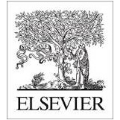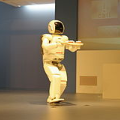Robot navigation in densely populated environments presents significant challenges, particularly regarding the interplay between individual and group dynamics. Current navigation models predominantly address interactions with individual pedestrians while failing to account for human groups that naturally form in real-world settings. Conversely, the limited models implementing group-aware navigation typically prioritize group dynamics at the expense of individual interactions, both of which are essential for socially appropriate navigation. This research extends an existing simulation framework to incorporate both individual pedestrians and human groups. We present Tangent Action for Group Avoidance (TAGA), a modular reactive mechanism that can be integrated with existing navigation frameworks to enhance their group-awareness capabilities. TAGA dynamically modifies robot trajectories using tangent action-based avoidance strategies while preserving the underlying model's capacity to navigate around individuals. Additionally, we introduce Group Collision Rate (GCR), a novel metric to quantitatively assess how effectively robots maintain group integrity during navigation. Through comprehensive simulation-based benchmarking, we demonstrate that integrating TAGA with state-of-the-art navigation models (ORCA, Social Force, DS-RNN, and AG-RL) reduces group intrusions by 45.7-78.6% while maintaining comparable success rates and navigation efficiency. Future work will focus on real-world implementation and validation of this approach.
翻译:暂无翻译




